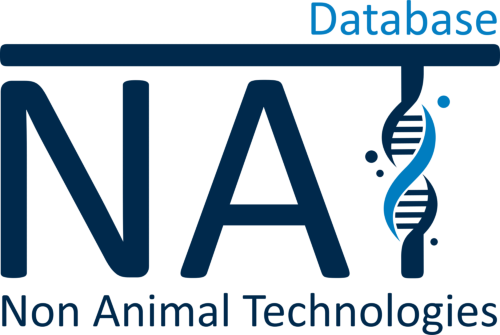iPSC-derived 3D neural models reveal pathomechanisms of Cockayne Syndrome B
2024
IUF – Leibniz Research Institute for Environmental Medicine, Duesseldorf, Germany
Cockayne Syndrome B (CSB) is a hereditary multiorgan syndrome which—through largely unknown mechanisms—can affect the brain. It clinically presents with microcephaly, intellectual disability and demyelination. In this study, human induced pluripotent stem cell (hiPSC)-derived neural 3D models were generated from CSB patient-derived and control lines in order to understand the three major neuropathological phenotypes. In the models, CSB deficiency was shown to be associated with (i) impaired cell migration due to defective autophagy as an explanation for clinical microcephaly (ii) altered neuronal network functionality and neurotransmitter GABA levels, which might be the cause of intellectual disability; and (iii) impaired oligodendrocyte maturation as a possible cause of demyelination. Both impaired migration and oligodendrocyte maturation could be partially rescued by pharmacological histone deacetylase (HDAC) inhibition.
HiPSC‑derived 3D neural models reveal neurodevelopmental pathomechanisms of the Cockayne Syndrome B
Katharina Koch
Added on: 11-06-2024
[1] https://link.springer.com/article/10.1007/s00018-024-05406-w





